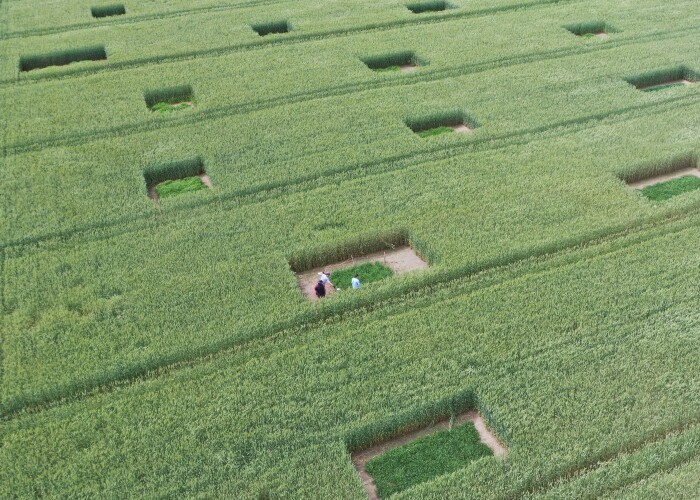Forging new paths in plant and microbial technologies
At Grasslanz, we are dedicated to the development and commercialisation of cutting-edge plant technologies. With a strong focus on innovation, we stay at the forefront of the industry, looking for new ways to advance agricultural sustainability and efficiency.
Our expertise spans from research and development to strategic partnerships and seed production. Our expertise spans from investment and R&D to intellectual property protection and partnership to transfer technology for industry adoption.
With a thorough grasp of both research and application, we possess a deep understanding of the potential of biotechnologies for agriculture. Together with our partners, we unlock new possibilities for sustainable farming practices and pave the way for a more efficient and environmentally friendly future.


